March 28, 2024
BC CRANE SAFETY SPRING 2024
Changes to OHSR Part 14 – Regulatory Guideline Development
On March 5, BC Crane Safety hosted a crane industry meeting to discuss upcoming changes to Part 14 of the WorkSafeBC OHSR. These changes are scheduled to take effect October 1, 2024, and will require submission of a Notice of Project (NOP) – Tower Crane listing the supervisor responsible, verifiable through the BC Crane Safety online registry.
The meeting was attended by 63 industry representatives for the purpose of gathering stakeholder input into the creation of a guideline to support consistent interpretation and application of the new requirements. Participants were invited to contribute to defining the minimum qualifications of supervisors overseeing the assembly, disassembly, and repositioning of tower cranes.
On March 18, WorkSafeBC hosted the “Tower Crane Industry Safety Meeting: Improving Safety Outcomes” to follow up on this matter and others related to tower crane safety. Topics included:
- Tower Crane Assembly/Disassembly
- Provisional Operator Qualifications
- Crane Assembly Supervisor
- Safe Lift Planning
- Licensing and Certification
Feedback was invited from more than 150 online and in-person participants in small groups and an open forum. WorkSafeBC will produce a summary of the meeting soon.
Considering recent tower crane incidents, including the 2021 incident in Kelowna that resulted in five fatalities, and the fatality at Oakridge Park in February, this discussion was of the utmost importance and urgency. We will provide updates as available in the next newsletter.
Dedicated Emergency Platform (DEP) Readiness for Construction Sites
Recent data show that having a dedicated emergency platform (DEP) readily available on a construction site can significantly enhance safety and emergency response capabilities. In the event of an accident or structural failure, a DEP can be used to evacuate injured or trapped people.
According to Section 4.13 of the OHS Regulation and Guideline 4.13 (3)(a), work at high angles requires specialized rescue, which can be effectively performed using DEPs hoisted by a tower or mobile crane. Cranes can lift the platform and/or access areas that are otherwise challenging to reach. They also enable controlled movement and positioning for efficient rescue operations and help emergency responders avoid unnecessary risks associated with unstable structures, debris, and hazardous conditions.
Crane operators deployed to assist in an emergency using a DEP must be certified to perform critical lifts under OHSR 14.1(d). Employers must confirm that the operator has a Full Scope certificate, or, if the operator holds a valid Provisional certificate they must operate under direct supervision.
Download BC Crane Safety’s Toolbox Talk on the safe use of DEPs using cranes and Provisional Operators Must Work Under Direct Supervision Until Competent Safe Work Practice Bulletin to learn more.
Verifying Crane Operators’ Qualifications and Competencies as Required by WorkSafeBC
Did you know that WorkSafeBC Occupational Health and Safety Regulation (OHSR) Part 14.34 requires employers to check an operator’s qualifications and competencies before they start operating a crane on the worksite?
Employers must confirm that the operator is certified (OHSR 14.34.1) for the work they plan to do and on the equipment they’re using. If an operator has a Provisional certificate, the employer must have a written plan for supervision on file. This helps to improve safety, reduce the risk of incidents and injuries, and prevent delays in production.
March is Ladder Safety Month
Every year, hundreds of people are seriously injured while using a ladder. It’s essential to recognize that ladder safety training is sometimes overlooked, as there’s a common assumption that ladders are straightforward compared to more intricate equipment like cranes, forklifts, and power tools used at construction sites. Falls from ladders continue to be a leading cause of injury to workers in the construction industry. Ladder Safety Month is a perfect opportunity to ensure that you and the people you work with are educated about using ladders safely. It’s also a good time to reinforce safe climbing practices when entering crane cabs or doing maintenance.
Empower yourself and your co-workers with knowledge by delivering BC Crane Safety’s toolbox talks at the beginning of your shift: Ladder Safety and Use three-point contact with cranes. Our hardcopy InfoFlip “Slips, Trips, and Falls” can also be used to help enhance awareness. Please contact us at info@bccranesafety.ca to receive a copy.

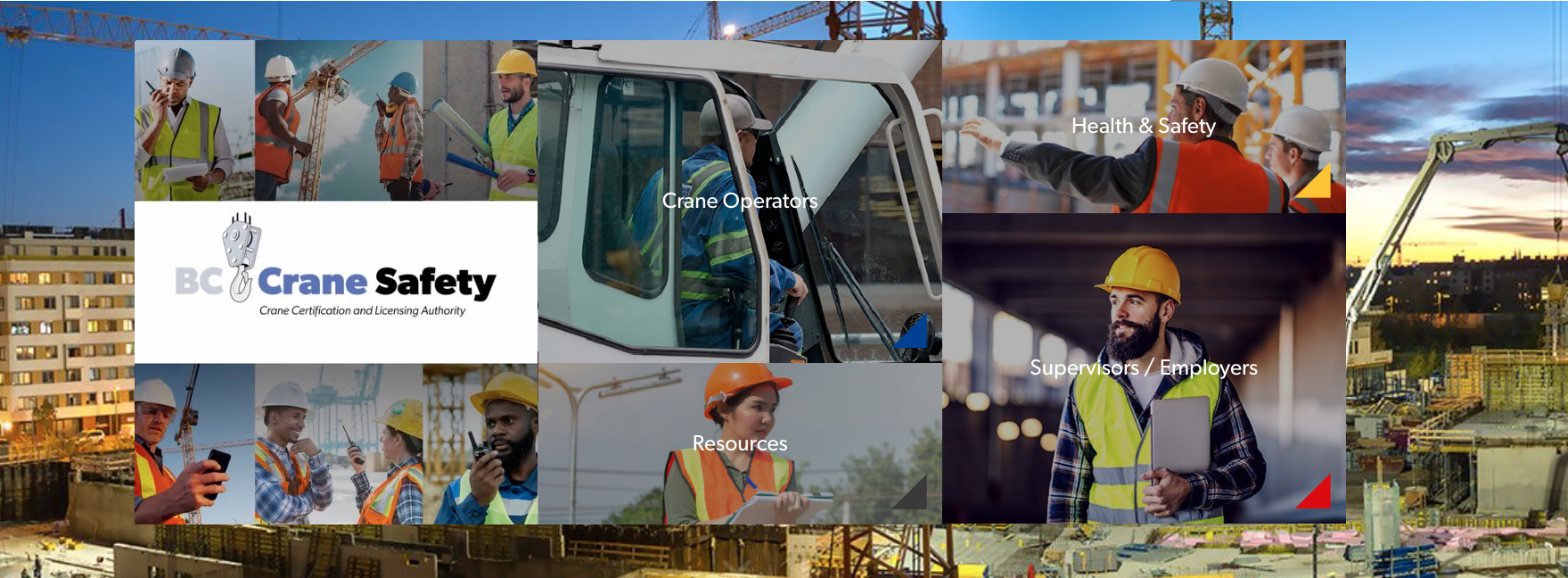
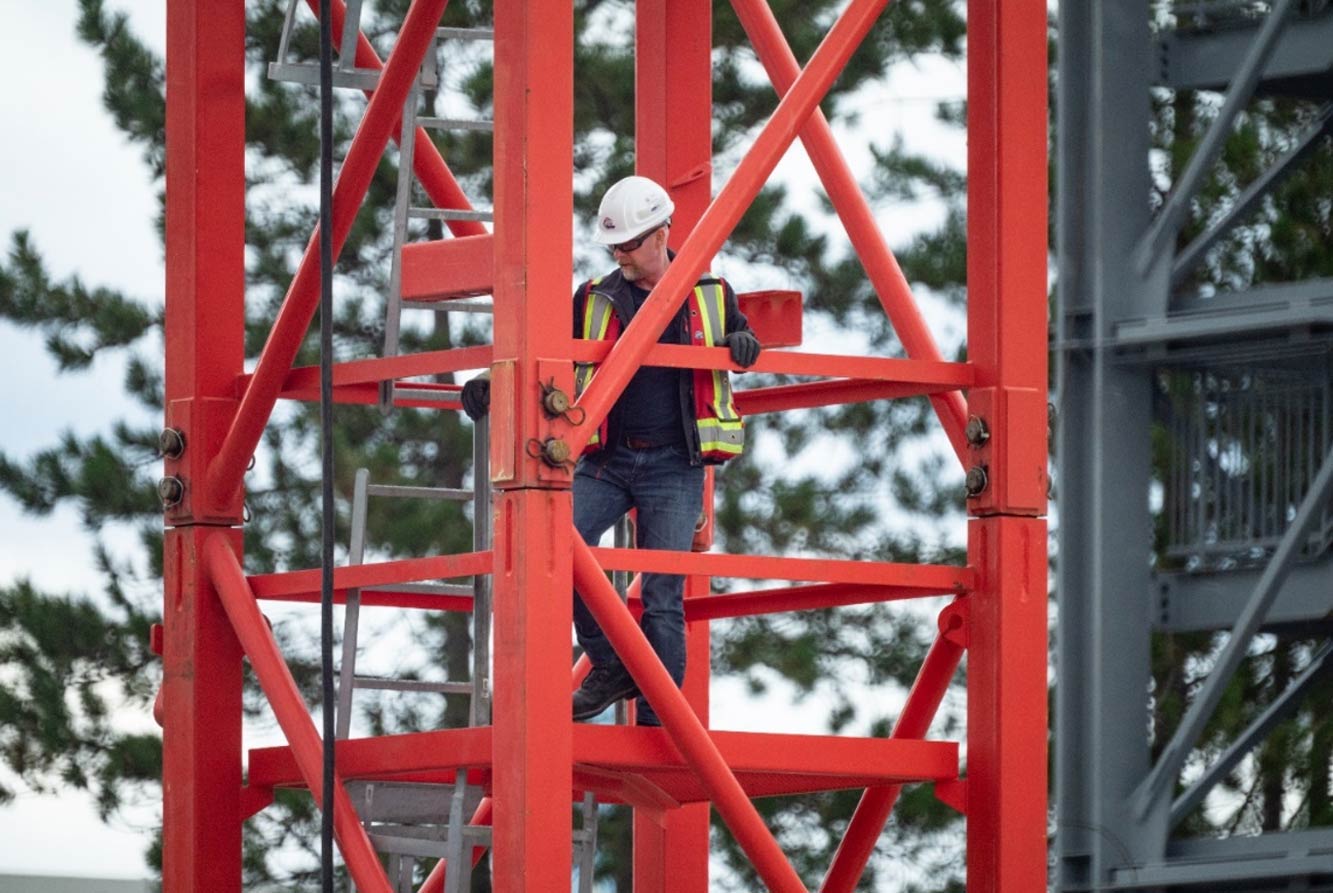

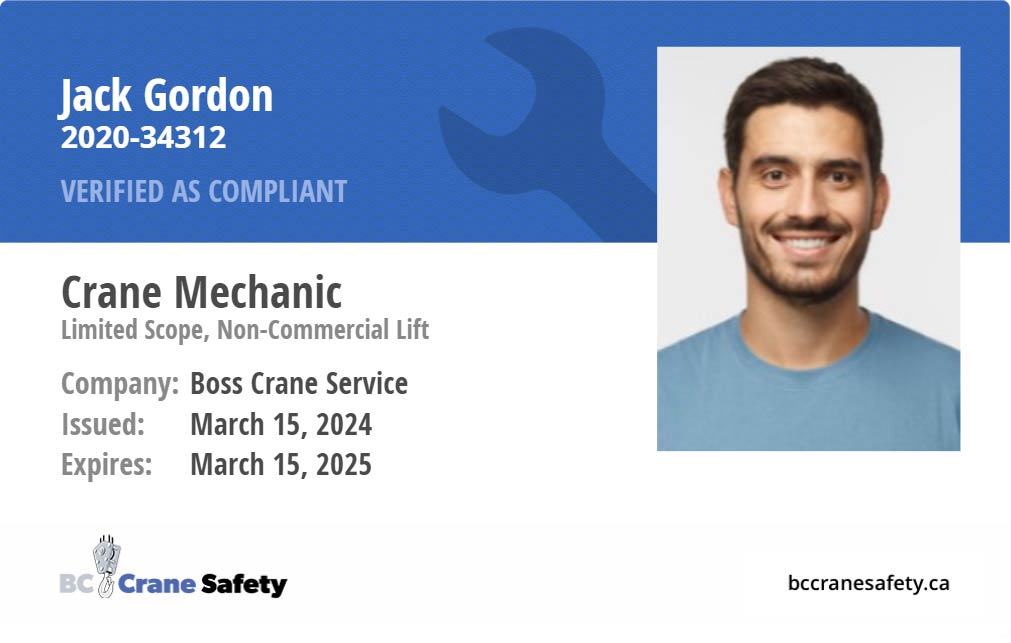
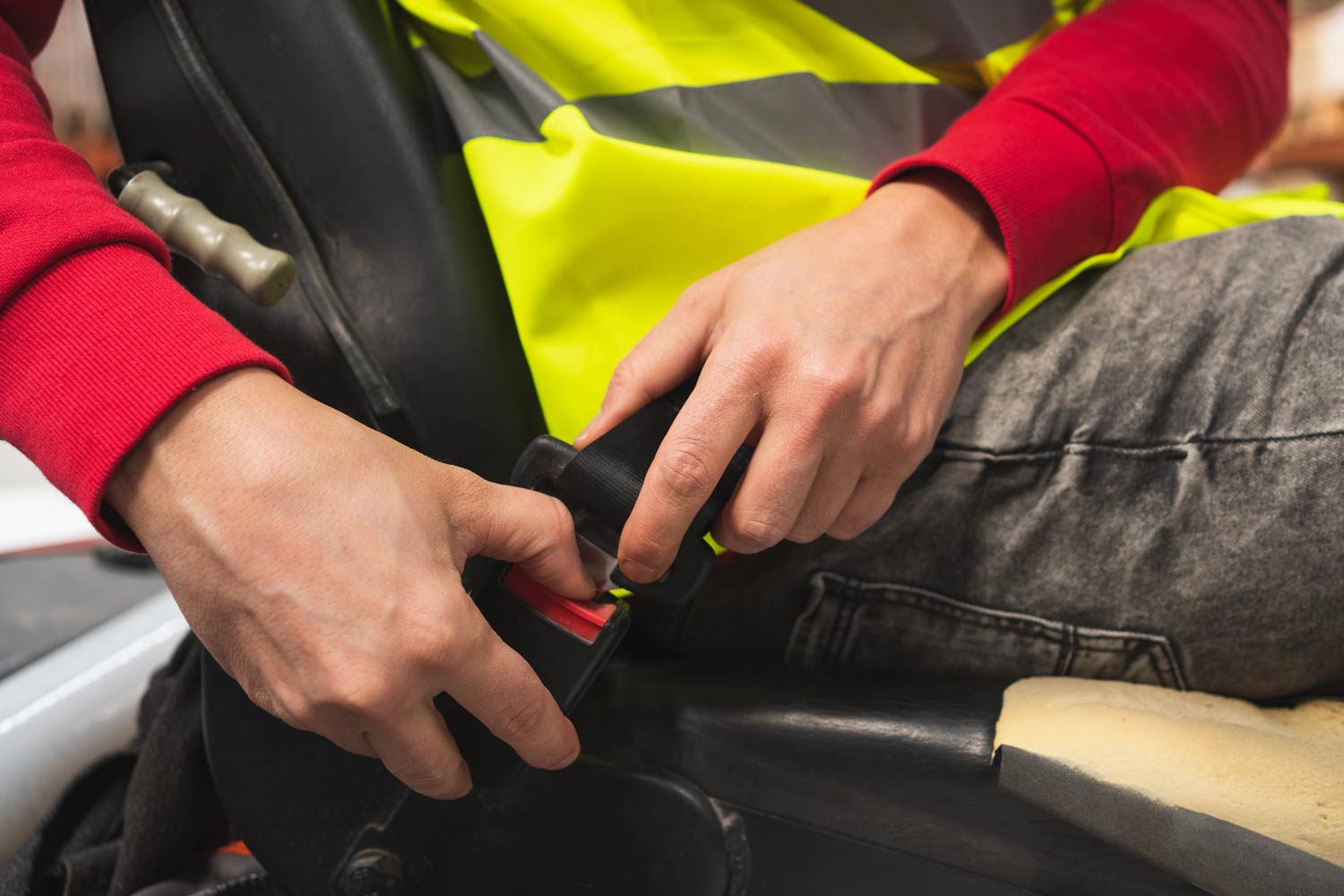


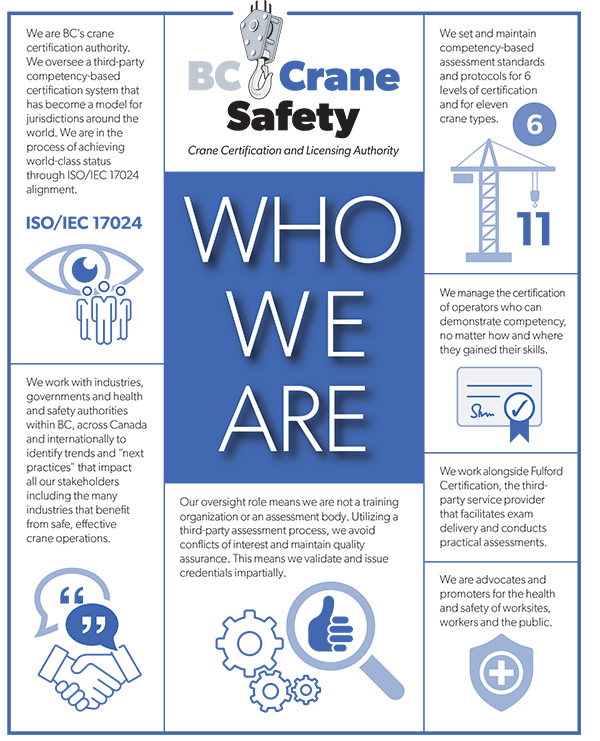

 Image Credit: August Lam
Image Credit: August Lam
